But not all images need to be sharp from front to back. Sometimes, an image is more beautiful if some parts of it are softly out-of-focus. An image can have impact if the focus is “shallow”. In this article, I’ll let you in on the secrets of shallow depth of field (DoF). I’ll help you achieve the look and give you ideas on when to use it in your photography. [ExpertPhotography is supported by readers. Product links on ExpertPhotography are referral links. If you use one of these and buy something, we make a little bit of money. Need more info? See how it all works here.]
What Is Shallow Depth of Field?
In photography, depth of field describes how much of the image is in focus. A deep depth of field (also called “wide” or “large”) means that most of the image is in focus. This is often the goal of landscape photography. Shallow depth of field (also called “small” or “narrow”) means that only a part of the image is in focus. The background and sometimes the foreground is blurred. Shallow depth of field works in portrait, nature, and travel photography. The out-of-focus part may be only slightly blurred or be completely lacking detail.
How Do You Get a Shallow Depth of Field?
There’s a lot of optical physics behind a shallow depth of field. But in this article, I’m going to keep the discussion practical. In general, your depth of field will be shallow when using a wide aperture. This means setting your f-stop to a small number. On some lenses, the widest aperture is f1.4. On others, the widest aperture setting is f5.6. Using aperture priority mode may be a good idea when you’re trying for a shallow depth of field. Aperture size isn’t the only thing affecting depth of field. Focal length is also important. Lenses with a longer focal length generally will have a shallower depth of field. Your camera sensor size will also make a difference. Cameras with larger sensors (full frame) will create a shallower depth of field than crop sensors. But creating a narrow depth of field isn’t all about equipment, it’s also about relative position. Depth of field will change depending on how close you are to your subject and how far your subject is from the background. If you’re not getting a shallow depth of field, step closer. If that doesn’t work, try moving your subject further from the what’s behind. There needs to be some distance.
How to Use Shallow Depth of Field
Let me turn to how to use shallow depth of field to make your photography pop. Here are the top reasons for using a small depth of field.
To Simplify the Background
One of the main reasons to use a shallow depth of field is to simplify a busy scene. Portrait and nature photographers use this to create a clean backdrop. You may want to remove all detail leaving only color or you may only want to de-emphasize the environment. In travel photography and photojournalism, subjects are often photographed in context. We want to know where the person is or where the action is taking place. But we want the context to be secondary. Blurring the environment allows the viewer to see the context without distracting from the main story. Different apertures will produce more or less blur. Generally, shooting wide open at f2.8 or f1.4 will create the most blur. If there is too much blur or you want a bit more detail, select a small aperture like f5.6 or f8.0. A shallow depth of field creates separation and allows your subject to pop off the background.
To Guide the Eye
A viewer will naturally look at the most in-focus part of your image first. Knowing this, you can guide your viewer’s eye exactly where you want. In a busy scene, you can select one focus point. One person or object becomes the subject. Selective focus is important when you have many points of interest. Also, you can emphasize part of a scene or a feature. For instance, the eyes are the most important part of a portrait. Making the eyes the focal point and letting the image blur ensures the eyes will be the focus. We can also highlight relationships between subjects in an image. When using a shallow DoF, everything on one plane will be in focus. It doesn’t matter how far apart the subjects are horizontally. You can cleverly use this to emphasize a relationship. Two subjects on the same plane will pop out of an otherwise blurry scene. With many subjects in the image, shallow depth of field allows you to prioritize subjects.
To Draw the Eye Away
The flip side to guiding the eye towards a focal point is drawing the eye away. Blur can de-emphasize a defect or anything that could distract from your main subject. Whether this is a crack in a wall or a busy crowd. One little-known use of a shallow depth of field is to remove visual barriers from your image. Visual barriers like fencing or mesh, get between us and our photographic subject. This is the same principle as simplifying a busy scene, but it has to do with the foreground. Wide apertures are effective if you’re shooting through a busy foreground. A narrow DoF turns it into a soft blur. You can even use shallow depth of field to obscure a person’s identity. Other elements of the scene can be in focus, but the person’s face blurs. This is a compromise for parents who don’t want to show their children’s faces on social media. A family scene can still be shared, but with the child obscured.
To Create an Effect
Using a shallow depth of field softens the scene and creates a mood. Which mood depends on your subject and how you use the blur. Soft edges can create a romantic or nostalgic look. Or by obscuring details, the effect can be mysterious. Taking away details creates an impressionistic scene. Take away even more detail and you can create an abstract image. We might only see an edge or part of an object. What’s left of the subject blurs into an abstract. Creating an effect includes shaping the bokeh. Bokeh is the shape of the out of focus light. The shape is usually round because that is the shape of your aperture. But you can change that by placing a bokeh filter in front of your lens.
To Layer and Frame
Blurring both your foreground and background creates a frame around your subject. Even mundane environments can be nice with a bit of blur. Shallow depth of field adds dimension, but it also separates layers. This is important when creating 2D images from a 3D world. Layers that our eyes detect don’t always come across in the scene.
Tips for Creating Shallow Depth of Field
Learning to control depth of field in my photography took some practice. If you’re not getting the results you’re looking for, here are a few tips:
Conclusion
An image with a shallow depth of field will look partially out of focus. The subject will be in focus, but the background and maybe the foreground will be blurred. How much blur is up to the photographer. Photographing with a shallow depth of field allows you to control what is in focus and where your viewer looks. Soft focus is pleasing in many images and simplifies the scene.
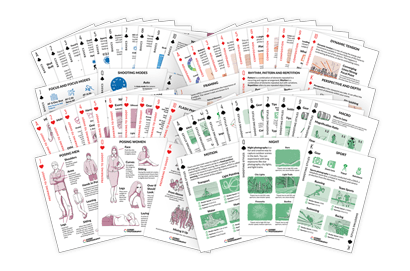

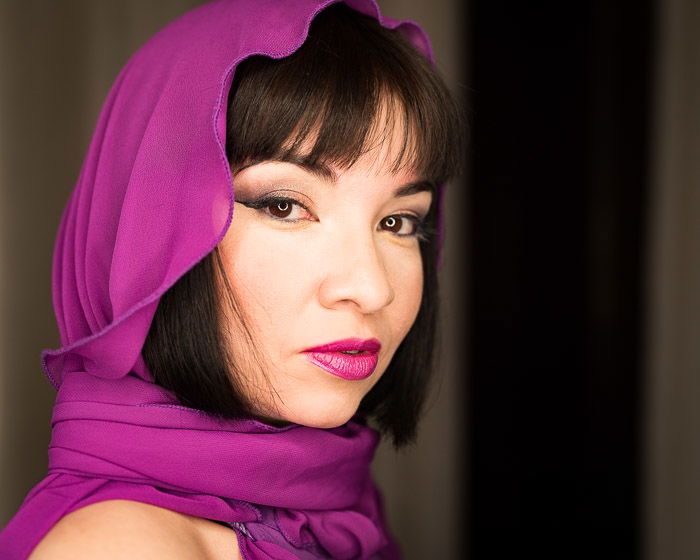
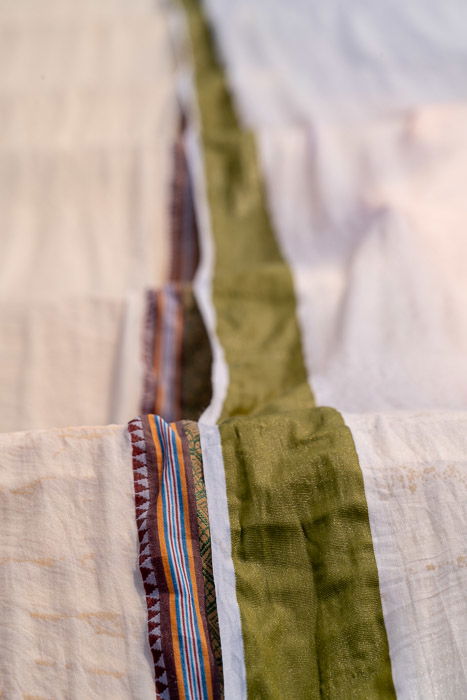
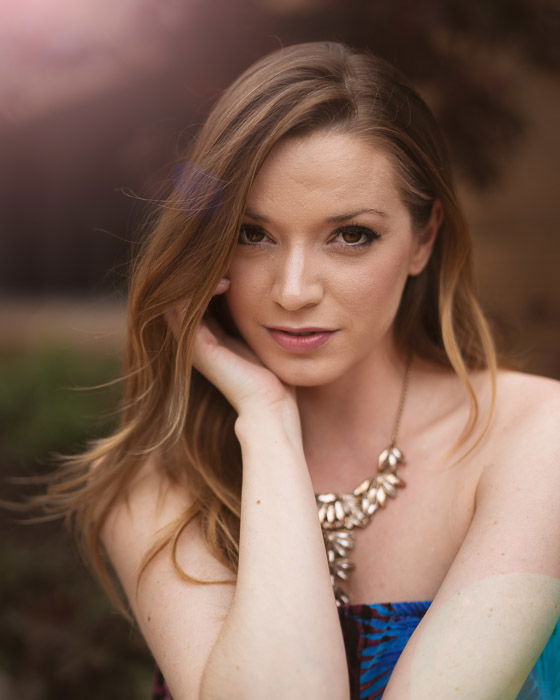

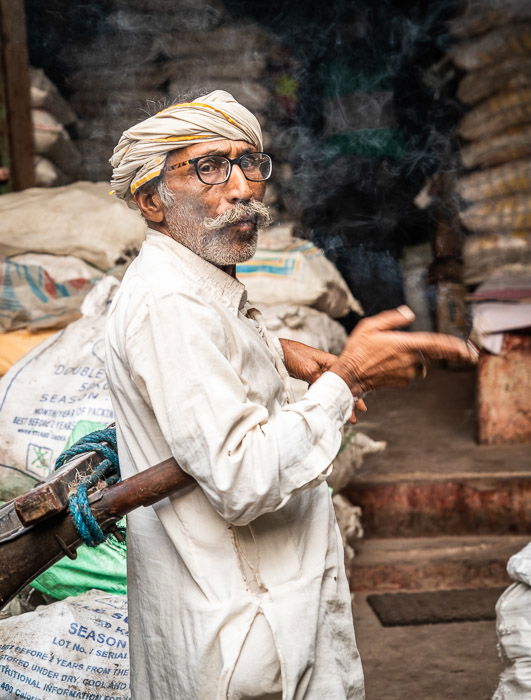
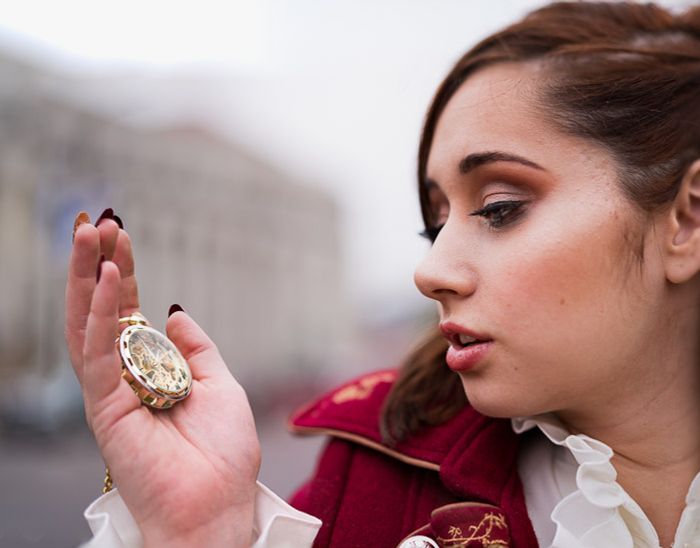
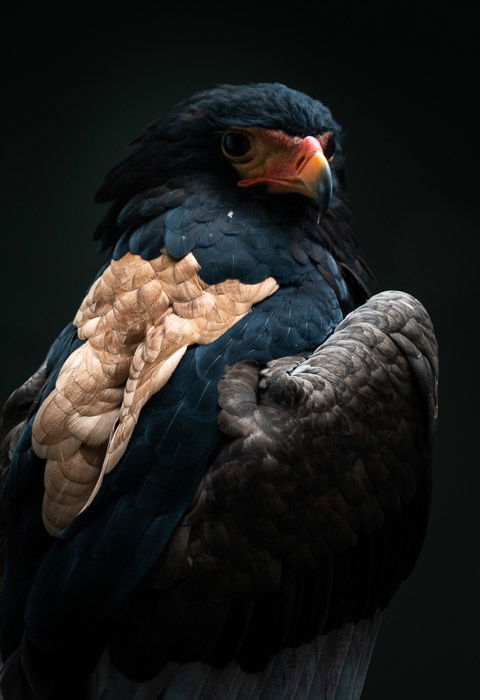
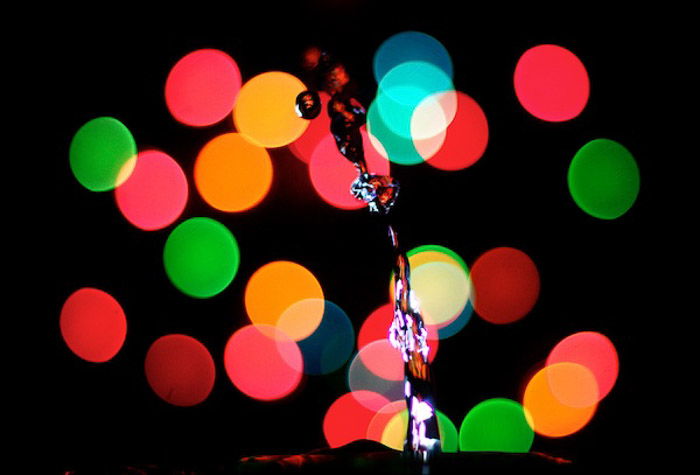

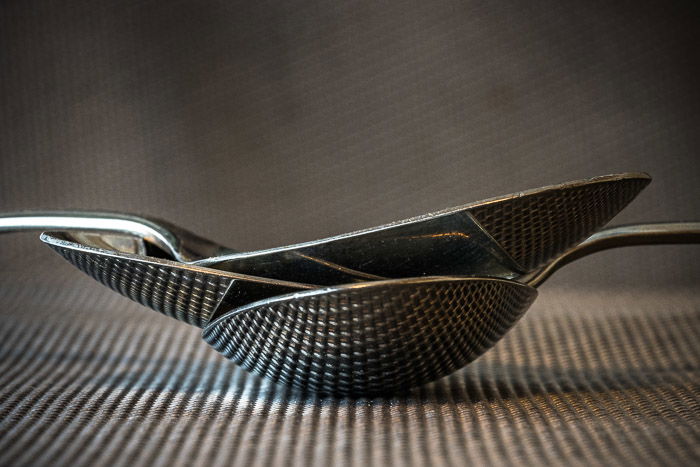


title: “What Is Shallow Depth Of Field And How To Use It " ShowToc: true date: “2023-02-13” author: “David Springle”
But not all images need to be sharp from front to back. Sometimes, an image is more beautiful if some parts of it are softly out-of-focus. An image can have impact if the focus is “shallow”. In this article, I’ll let you in on the secrets of shallow depth of field (DoF). I’ll help you achieve the look and give you ideas on when to use it in your photography. [ExpertPhotography is supported by readers. Product links on ExpertPhotography are referral links. If you use one of these and buy something, we make a little bit of money. Need more info? See how it all works here.]
What Is Shallow Depth of Field?
In photography, depth of field describes how much of the image is in focus. A deep depth of field (also called “wide” or “large”) means that most of the image is in focus. This is often the goal of landscape photography. Shallow depth of field (also called “small” or “narrow”) means that only a part of the image is in focus. The background and sometimes the foreground is blurred. Shallow depth of field works in portrait, nature, and travel photography. The out-of-focus part may be only slightly blurred or be completely lacking detail.
How Do You Get a Shallow Depth of Field?
There’s a lot of optical physics behind a shallow depth of field. But in this article, I’m going to keep the discussion practical. In general, your depth of field will be shallow when using a wide aperture. This means setting your f-stop to a small number. On some lenses, the widest aperture is f1.4. On others, the widest aperture setting is f5.6. Using aperture priority mode may be a good idea when you’re trying for a shallow depth of field. Aperture size isn’t the only thing affecting depth of field. Focal length is also important. Lenses with a longer focal length generally will have a shallower depth of field. Your camera sensor size will also make a difference. Cameras with larger sensors (full frame) will create a shallower depth of field than crop sensors. But creating a narrow depth of field isn’t all about equipment, it’s also about relative position. Depth of field will change depending on how close you are to your subject and how far your subject is from the background. If you’re not getting a shallow depth of field, step closer. If that doesn’t work, try moving your subject further from the what’s behind. There needs to be some distance.
How to Use Shallow Depth of Field
Let me turn to how to use shallow depth of field to make your photography pop. Here are the top reasons for using a small depth of field.
To Simplify the Background
One of the main reasons to use a shallow depth of field is to simplify a busy scene. Portrait and nature photographers use this to create a clean backdrop. You may want to remove all detail leaving only color or you may only want to de-emphasize the environment. In travel photography and photojournalism, subjects are often photographed in context. We want to know where the person is or where the action is taking place. But we want the context to be secondary. Blurring the environment allows the viewer to see the context without distracting from the main story. Different apertures will produce more or less blur. Generally, shooting wide open at f2.8 or f1.4 will create the most blur. If there is too much blur or you want a bit more detail, select a small aperture like f5.6 or f8.0. A shallow depth of field creates separation and allows your subject to pop off the background.
To Guide the Eye
A viewer will naturally look at the most in-focus part of your image first. Knowing this, you can guide your viewer’s eye exactly where you want. In a busy scene, you can select one focus point. One person or object becomes the subject. Selective focus is important when you have many points of interest. Also, you can emphasize part of a scene or a feature. For instance, the eyes are the most important part of a portrait. Making the eyes the focal point and letting the image blur ensures the eyes will be the focus. We can also highlight relationships between subjects in an image. When using a shallow DoF, everything on one plane will be in focus. It doesn’t matter how far apart the subjects are horizontally. You can cleverly use this to emphasize a relationship. Two subjects on the same plane will pop out of an otherwise blurry scene. With many subjects in the image, shallow depth of field allows you to prioritize subjects.
To Draw the Eye Away
The flip side to guiding the eye towards a focal point is drawing the eye away. Blur can de-emphasize a defect or anything that could distract from your main subject. Whether this is a crack in a wall or a busy crowd. One little-known use of a shallow depth of field is to remove visual barriers from your image. Visual barriers like fencing or mesh, get between us and our photographic subject. This is the same principle as simplifying a busy scene, but it has to do with the foreground. Wide apertures are effective if you’re shooting through a busy foreground. A narrow DoF turns it into a soft blur. You can even use shallow depth of field to obscure a person’s identity. Other elements of the scene can be in focus, but the person’s face blurs. This is a compromise for parents who don’t want to show their children’s faces on social media. A family scene can still be shared, but with the child obscured.
To Create an Effect
Using a shallow depth of field softens the scene and creates a mood. Which mood depends on your subject and how you use the blur. Soft edges can create a romantic or nostalgic look. Or by obscuring details, the effect can be mysterious. Taking away details creates an impressionistic scene. Take away even more detail and you can create an abstract image. We might only see an edge or part of an object. What’s left of the subject blurs into an abstract. Creating an effect includes shaping the bokeh. Bokeh is the shape of the out of focus light. The shape is usually round because that is the shape of your aperture. But you can change that by placing a bokeh filter in front of your lens.
To Layer and Frame
Blurring both your foreground and background creates a frame around your subject. Even mundane environments can be nice with a bit of blur. Shallow depth of field adds dimension, but it also separates layers. This is important when creating 2D images from a 3D world. Layers that our eyes detect don’t always come across in the scene.
Tips for Creating Shallow Depth of Field
Learning to control depth of field in my photography took some practice. If you’re not getting the results you’re looking for, here are a few tips:
Conclusion
An image with a shallow depth of field will look partially out of focus. The subject will be in focus, but the background and maybe the foreground will be blurred. How much blur is up to the photographer. Photographing with a shallow depth of field allows you to control what is in focus and where your viewer looks. Soft focus is pleasing in many images and simplifies the scene.













